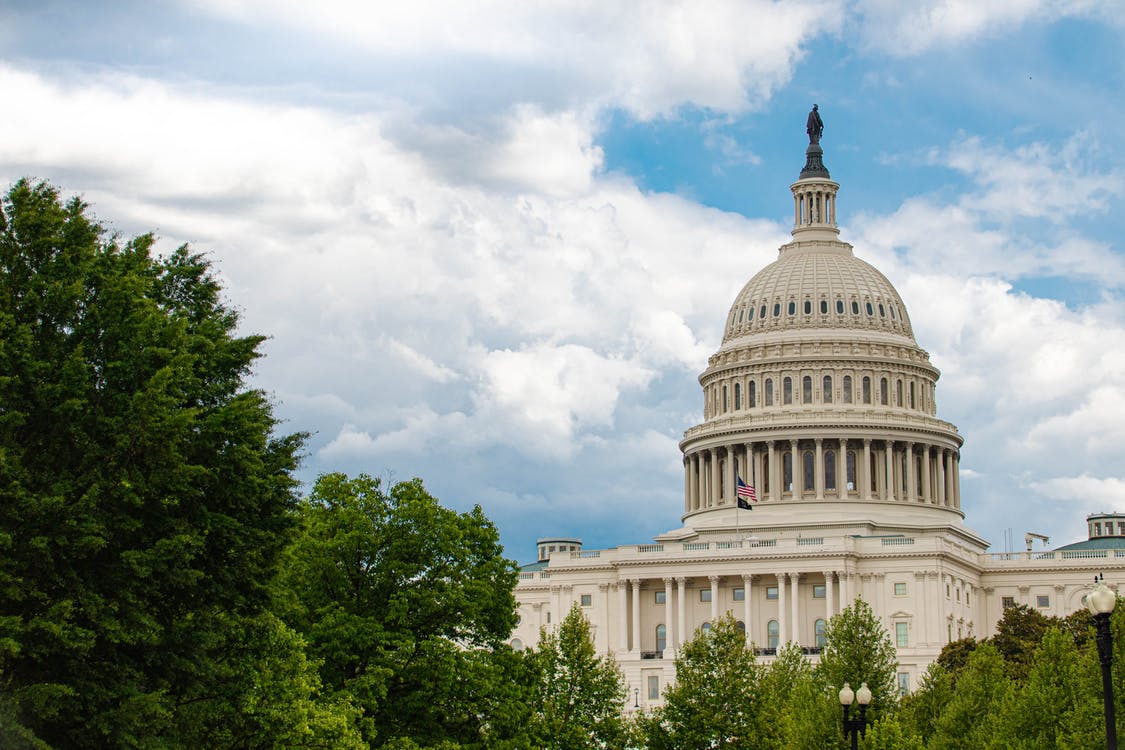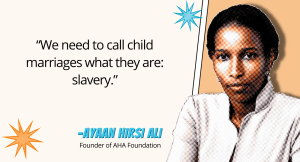A Massive Milestone in Protecting U.S. Women and Girls: AHA’s Advocacy Leader on the Reauthorization of the 1994 Violence Against Women Act

A Massive Milestone in Protecting U.S. Women and Girls: AHA’s Advocacy Leader on the Reauthorization of the 1994 Violence Against Women Act
Published 6/17/2022
In March, a major achievement in the fight for women’s rights in the U.S. was reached. Here, AHA Foundation’s Director of Policy and Women’s Programs Michele Hanash briefly tells us all about it and why it matters.
The Violence Against Women Act (VAWA) was originally passed in 1994 and remains one of the most important legislative achievements for protecting the rights of women and girls in the U.S. the Violence Against Women Act has allocated billions in funding towards responses to domestic violence, sexual assault, dating violence, and stalking. In 2018, however, it expired, and, a temporary reauthorization in 2019 aside, had stayed that way—until now.
Over the past several years AHA Foundation has advocated for the reauthorization of this vital legislation and for it to be expanded to include such abuses as female genital mutilation (FGM). And this March, we finally won—President Biden signed this important legislation into law!
Under this reauthorization, for the first time, FGM and forced marriage are defined under the Violence Against Women Act. The reauthorization also expands Services, Training, Officers, and Prosecutors (STOP) grant funding to FGM, provides funding for culturally specific services regarding responses to, and prevention of, FGM, and enables middle schools, high schools and institutions of higher education to provide training to personnel on the needs of students who are victims of FGM.
The reauthorization also repeals the marriage loophole to statutory rape in the federal code, which allowed sex that would have been a crime outside of marriage to become legal because of child marriage, and requires annual reporting on the incidence of states that have marriage laws which undermine their statutory rape laws, i.e. states with legal loopholes that allow a marriage license to act as a “get out of jail free card” for a would-be child rapist or literally send a child home to be raped by her spouse according to that state’s statutory rape laws.
All in all, the federal government has sent a strong message across the nation that laws to protect the rights of women and girls must be strengthened.
But this is not enough. After all, 10 states plus Washington, D.C. still lack anti-FGM laws and an astonishing 44 states still allow child marriage. We have a lot of work left to do and we need your help. If you agree that violence against women must not be tolerated, please lend your voice to our advocacy campaigns.
FGM is a Reality in the U.S.
Take Action: Demand Zero Tolerance for FGM in the U.S.
Find Out More About Child Marriage in the U.S.—And How You Can Help End It
Find Out More About Forced Marriage in the U.S.—And How You Can Help End It




